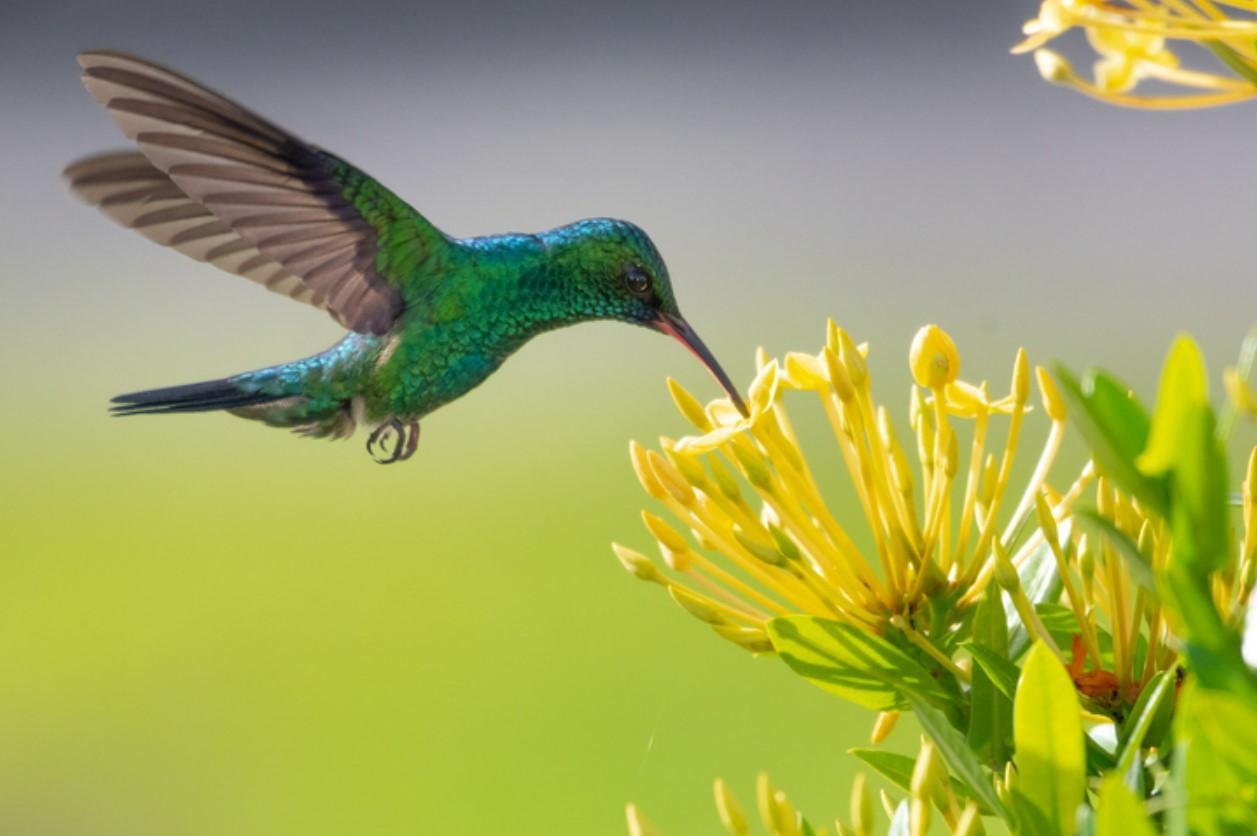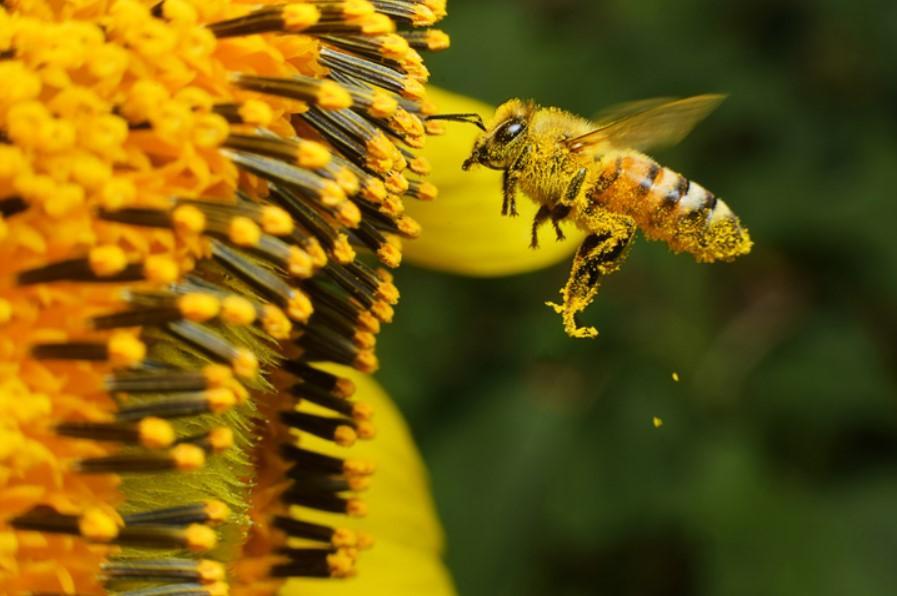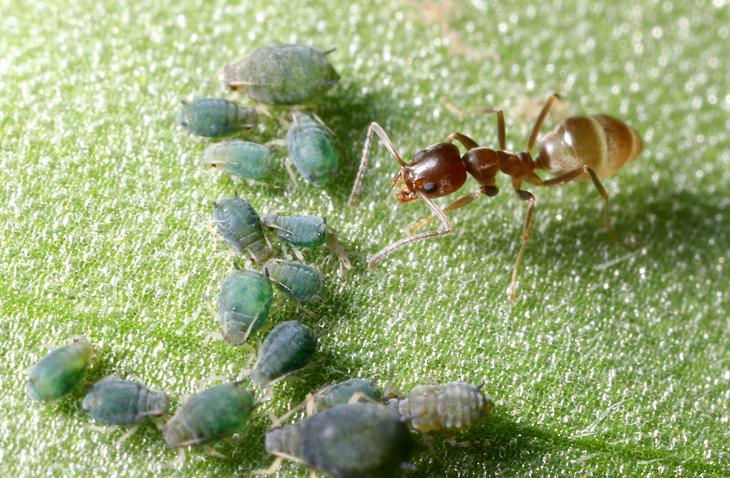What is Mutualism? Examples and Benefits


Nature is a complex interplay of competition and cooperation. While survival often hinges on outcompeting others, many species have evolved mutually beneficial relationships. Unlike the predator-prey dynamic where one thrives at the expense of another, mutualism represents a win-win scenario, with both partners contributing to and benefiting from the interaction.
This article by thedailyECO explores what mutualism means, its importance and key characteristics, and share real-world examples.
What is mutualism?
Mutualism is a concept often explored in studies of ecological and biological interactions between different species. It refers to a positive interaction where both parties benefit, typically represented by the symbols (+,+).
These interactions form complex and diverse mutualistic networks, as most species within ecosystems regularly engage with other species, creating extensive connections that exceed what would be expected by chance.
In the following sections, we will explore the different types of mutualism and provide examples of mutualistic interactions in natural ecological systems to enhance our understanding of this interspecies relationship.
Key characteristics of mutualism:
- Both species involved benefit from the relationship.
- The interaction is often long-term and interdependent.
- Examples can be found across various ecosystems and species.
Did you know fungi often play a vital role in mutualistic relationships? Learn more about their contributions in our related article.
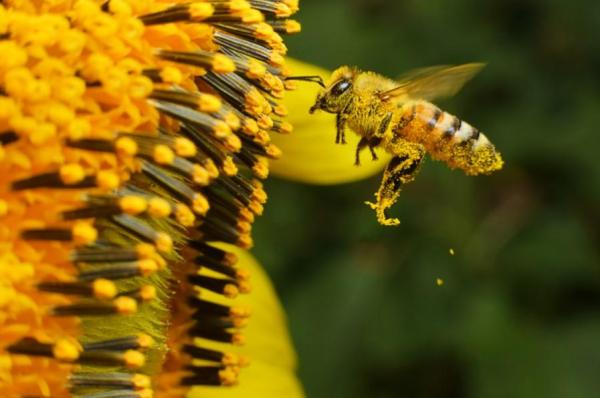
Types of mutualism
Mutualism can be classified in various ways based on the nature of the interaction between the species involved. Here are some common types:
Based on dependency:
- Obligate mutualism: both species are entirely dependent on each other for survival. An example is the relationship between termites and the gut bacteria that help them digest wood.
- Facultative mutualism: the species can survive independently but benefit from the relationship. A classic example is the pollination of flowers by bees.
Based on the nature of the interaction:
- Trophic mutualism: involves the exchange of resources, such as food. For instance, the relationship between aphids and ants, where ants protect aphids in exchange for honeydew.
- Defensive mutualism: one species provides protection in exchange for another benefit. The cleaner fish eating parasites off larger fish is a prime example.
- Dispersive mutualism: involves the transportation of pollen or seeds. The relationship between plants and pollinators (like bees or birds) is a classic example.
Based on physical proximity:
- Endosymbiosis: one organism lives within the body of another. This is common in bacteria living within the cells of other organisms.
- Ectosymbiosis: the organisms live in close proximity but not within each other. Examples include cleaner fish and larger fish.
It's important to note that these categories are not mutually exclusive, and many mutualistic relationships exhibit characteristics of multiple types.
Examples of mutualism
Plants are prominent examples of organisms that rely on mutualistic relationships as a survival strategy. They often establish stable connections with other species to ensure critical processes like pollination and seed dispersal, which are vital for their reproduction and continued survival.
Birds and mammals, such as toucans, hummingbirds, and various herbivores, play crucial roles in plant reproduction. They consume fruits and disperse seeds through their droppings, effectively planting the next generation.
Additionally, countless plants rely on pollinators, including bees, butterflies, and bats, to transfer pollen between flowers, ensuring fertilization.
Certain ant species have developed intricate relationships with plants. These ants often protect plants from herbivores in exchange for shelter and food sources, such as specialized nectarines or protein-rich Beltian bodies. A classic example is the acacia tree, which provides food and housing for ants, who in turn defend the tree from aggressive herbivores like giraffes.
Beyond the animal kingdom, plants also form symbiotic relationships with microorganisms. For instance, nitrogen-fixing bacteria residing in the root nodules of legumes convert atmospheric nitrogen into a usable form for the plant, enhancing its growth and development. In exchange, the bacteria receive a steady supply of carbohydrates from the plant.
The ocean is a vast ecosystem teeming with life, and mutualistic relationships are abundant. One of the most well-known examples is the partnership between coral and zooxanthellae. These tiny algae reside within the coral's tissues, providing it with essential nutrients through photosynthesis. In return, the coral offers a protected environment and carbon dioxide for the algae.
Another fascinating example is the relationship between cleaner fish and larger predators. These small fish remove parasites and dead skin from the bodies of larger fish, providing a valuable cleaning service. In exchange, the cleaner fish receives a steady food supply.
Did you know corals are key players in many mutualistic interactions? Discover more about the different coral species and their ecological significance in our related article.
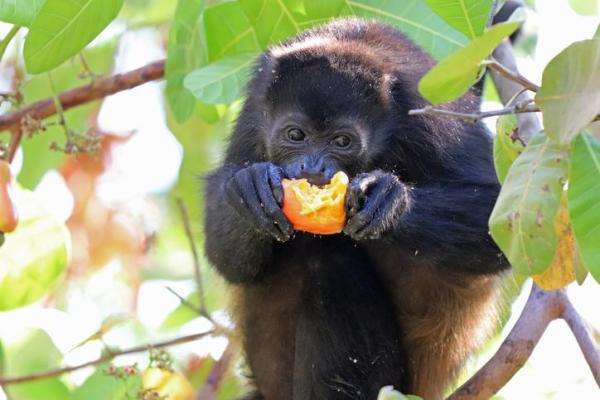
What is the difference between mutualism and symbiosis?
Symbiosis is a broad ecological term encompassing a variety of interactions between different species living in close proximity. It is an umbrella term that encapsulates a spectrum of relationships, from mutually beneficial partnerships to those that are exploitative.
Mutualism, on the other hand, is a specific type of symbiotic relationship characterized by reciprocal benefits for both organisms involved. In this dynamic interplay, each species contributes to the other's well-being, creating a synergistic alliance. For instance, the pollination of flowers by bees is a classic example of mutualism; the bee acquires nectar as a food source while simultaneously aiding in plant reproduction.
It's crucial to distinguish between these two concepts to accurately understand the complex web of interactions that shape ecosystems. While all mutualistic relationships are symbiotic, not all symbiotic relationships are mutualistic.
Other significant types of symbiosis include commensalism, where one species benefits while the other is neither harmed nor helped, and parasitism, where one species benefits at the expense of the other. For instance, barnacles attaching themselves to whales exemplify commensalism, while the relationship between a tapeworm and its human host represents parasitism.

What is the difference between mutualism and commensalism?
Mutualism and commensalism are both types of symbiotic relationships, indicating close and long-term interactions between different species. However, they differ significantly in terms of the benefits involved.
In mutualistic relationships, both species benefit from the partnership, as exemplified by the classic example of pollination. A bee, for instance, collects nectar from a flower while simultaneously aiding in the flower's reproduction.
Commensalism, on the other hand, benefits one species without significantly affecting the other. Birds nesting in trees represent a common example of commensalism. The birds gain shelter, while the tree remains largely unaffected.
Curious about how mutualism fits into the broader context of biological interactions? Dive into our article on the concept of symbiosis.
If you want to read similar articles to What is Mutualism? Examples and Benefits, we recommend you visit our Biology category.
- Rico-Gray, V. (2000) Ecological interactions and their relationship with biodiversity conservation. Cuadernos de Biodiversidad Magazine, Institute of Ecology, Veracruz (Mexico) , pp: 3-6.
- Bascompte, J. & Jordano, P. (2008) Mutualistic networks of species. Research and Science Magazine , Volume September 2008, pp: 50-62.
- Badii, MH et al., (2013) Coevolution and Mutualism: Conceptual Notions. Daena: International Journal of Good Conscience , Volume 8(1), pp: 23-31.





